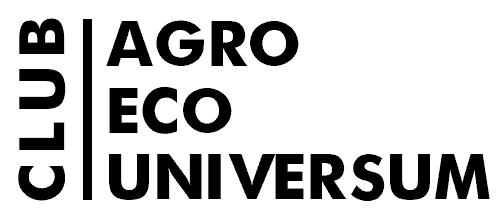Recycling – source of long-term profit

Recycling is a source of not only clean environment but also environmentally “clean” products
An environmentally friendly environment involves the disposal or prudent use of production and consumption waste. However, in Western countries that have reached a high level of waste management and recycling, tariffs for these services are often prohibitive. Of course, a certain imprint on this is imposed by the economic characteristics of these countries. However, there are many ways to extract additional profit from waste recycling, and thus, with proper regulation of the state side, it potentially can achieve a reduction in tariffs for the population.
Like many other developing nations, Indonesia also has to deal with major challenges in the field of solid waste management. Especially in the tourist destination of Bali, a tropical island with a population of approximately 3.9 million attracting annually over two million foreign tourists, pollution through indiscriminate dumping or dysfunctional management of solid waste can lead to detrimental impacts. Unfortunately, most waste is inappropriately managed and indiscriminately burned or dumped on unauthorised sites or into rivers.
At the same time, a rather significant part of the waste is organic materials that can be processed in a relatively simple and cheap way and composted. Further, in the form of fertilizer, they can be used in agriculture, landscape design and other fields. At the same time, the proceeds from the sale of such fertilizers may partially cover the tariffs for the disposal or processing of the inorganic part of the waste. In 2010, 4800 m2 roofed waste treatment facility start processing of most waste collected in the Regency of Gianyar with its 500.000 inhabitants began to operate.
Manually biodegradable waste differs from non-degradable waste and is stored for 3-4 months for composting, after that the product is sieved and further matured for 1–2 months before the finished compost is sold. In the process of compost ripening, certain external conditions are supported: more than 12% oxygen, humidity in the range of 40-60% and a temperature not exceeding 75 ºC.
Waste recovery and composting at Gianyar reduces by 90% the disposable waste volume. About 85% of these diverted wastes are biodegradable and thus composted, whereby 1 ton of raw biodegradable waste produces 300 kg of sellable compost. Furthermore, 5% of the waste is segregated on-site by the sorters and sold as recyclables to middlemen and subsequently to the local industrial sector. The structure of the economic system of the project is presented in the table below.

As practice shows at the initial stages, such garbage sorting projects require significant investments that are impossible without the support of investors and the state. However, in the long term, a waste recycling centre with a capacity of 60 tons of waste per day is capable of producing up to 15 tons of compost per day. The promotion of environmentally friendly products of waste treatment among the local population, especially farmers (in case of compost) and the formation of favorable pricing policies should be supported by the government. Only on this basis can it not only solve the problem of excess waste, but also receive a new source of income for the further development of the industry or a potential reduction in tariffs for the population. For example, an increased rate on classic fertilizers can make compost more attractive to consumers. Or a reduction in tariffs for the removal of pre-sorted garbage may motivate the green technology for its processing. In other words, redistribution of financial flows between consumers of compost or other products based on waste sorting and processing in favour of a more environmentally friendly way of managing solid waste is possible here.
Full Text:
